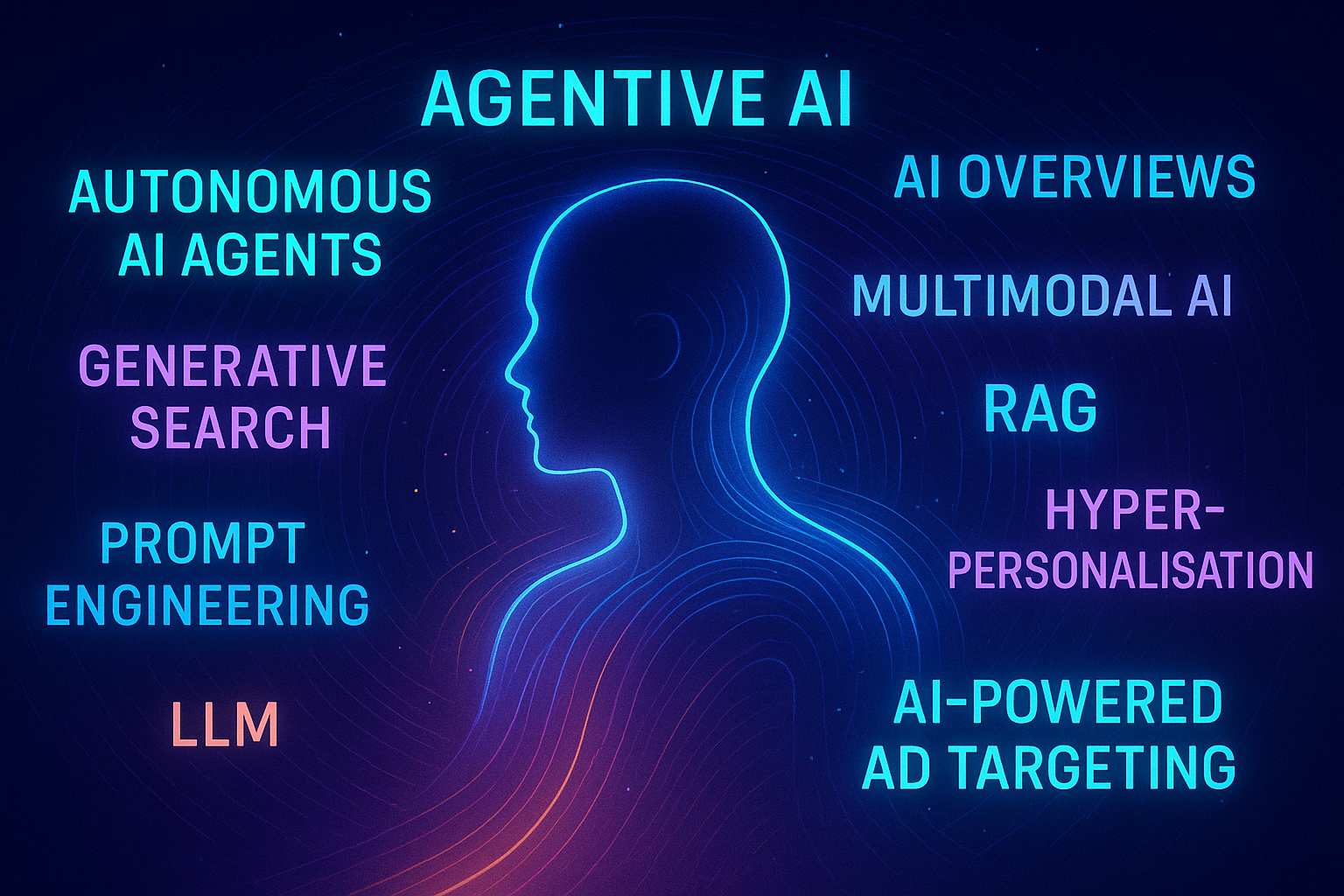Unlocking Success: The Crucial Role of the Marketing Mix in Driving Business Growth
Unlocking Success: The Crucial Role of the Marketing Mix in Driving Business Growth
In today's fast-paced business landscape, understanding the marketing mix is more essential than ever. This dynamic framework, comprising product, price, place, and promotion, serves as the backbone of any successful marketing strategy. By effectively balancing these elements, businesses can unlock unprecedented growth and reach their target audiences more efficiently. Whether you’re a startup aiming for your first breakthrough or an established company seeking to refine your approach, grasping the nuances of the marketing mix can set you apart from the competition. Join us as we delve into how mastering this critical aspect can propel your business to new heights, ensuring long-term sustainability and profitability. Embrace the power of the marketing mix, and watch as your strategic decisions translate into tangible success.
Understanding the Marketing Mix: An Overview
In the realm of business, the marketing mix stands as a foundational concept, pivotal to the development of any marketing strategy. This framework, often referred to as the Four P's – Product, Price, Place, and Promotion – provides a structured approach to addressing the core elements that influence a business's ability to reach and engage its target market. By breaking down these components, businesses can create a balanced and effective marketing strategy that aligns with their goals and resources.
The marketing mix serves as a toolkit for marketers, enabling them to make informed decisions about how to present their products or services to potential customers. Each element of the mix plays a crucial role in shaping the overall strategy, offering a comprehensive view of what needs to be considered to ensure success. By understanding and manipulating these variables, businesses can better meet the needs and desires of their customers, thereby driving growth and profitability.
Moreover, the marketing mix is not a static concept; it evolves with market conditions, consumer preferences, and technological advancements. As such, businesses must continually assess and adjust their marketing mix to stay competitive and relevant in an ever-changing market landscape. This dynamic nature of the marketing mix underscores its importance as a strategic tool for achieving long-term business success.

The Four P's of the Marketing Mix: Product, Price, Place, Promotion
The first P, Product, refers to the goods or services that a business offers to its customers. It encompasses everything from design and quality to features and branding. A well-defined product strategy ensures that the offering meets the needs and expectations of the target market, thereby enhancing customer satisfaction and loyalty. Businesses must continually innovate and adapt their products to keep pace with changing consumer preferences and technological advancements.
Price, the second P, is a critical component of the marketing mix as it directly impacts a company's revenue and profitability. Pricing strategies can vary widely depending on the target market, competitive landscape, and overall business objectives. Whether a company opts for a premium pricing strategy to position itself as a luxury brand or adopts a penetration pricing strategy to attract price-sensitive customers, careful consideration of pricing is essential for success.
Place, the third P, involves the distribution channels used to deliver the product to the customer. This element of the marketing mix addresses where and how the product is sold, whether through physical retail locations, online platforms, or a combination of both. Effective distribution strategies ensure that products are available to customers when and where they need them, thereby maximising sales opportunities and enhancing customer convenience.
Promotion, the final P, encompasses all the activities undertaken to communicate the product's value proposition to the target market. This includes advertising, public relations, sales promotions, and digital marketing efforts. A well-executed promotional strategy raises awareness, generates interest, and ultimately drives sales. By leveraging a mix of promotional tactics, businesses can effectively reach and engage their target audience.
How the Marketing Mix Influences Consumer Behaviour
The marketing mix plays a pivotal role in shaping consumer behaviour by directly impacting how potential customers perceive a product or service. Each element of the mix interacts with consumer preferences and decision-making processes, guiding their journey from awareness to purchase. For instance, a well-designed product that meets specific needs can attract attention and generate interest, while competitive pricing can influence the consumer's willingness to buy.
Moreover, the distribution strategy can significantly affect consumer behaviour by determining the ease and convenience with which customers can access the product. A strong online presence, coupled with efficient logistics, can enhance the buying experience, encouraging repeat purchases and fostering brand loyalty. Similarly, promotional activities that effectively communicate the benefits and unique selling points of a product can create a positive perception and drive demand.
Understanding how the marketing mix influences consumer behaviour allows businesses to tailor their strategies to better meet the needs and expectations of their target market. By analysing consumer insights and feedback, companies can fine-tune their product offerings, pricing strategies, distribution channels, and promotional efforts to create a cohesive and compelling value proposition. This customer-centric approach not only enhances satisfaction but also drives long-term loyalty and advocacy.
The Importance of Tailoring Your Marketing Mix for Your Target Audience
Tailoring the marketing mix to the target audience is crucial for maximising the effectiveness of marketing efforts. Different segments of the market have distinct needs, preferences, and behaviours, and a one-size-fits-all approach is unlikely to resonate with all potential customers. By customising each element of the marketing mix to align with the characteristics of the target audience, businesses can create more relevant and impactful marketing strategies.
For instance, a luxury brand targeting high-net-worth individuals may focus on premium product features, exclusive distribution channels, and high-end promotional tactics to convey a sense of exclusivity and prestige. On the other hand, a mass-market brand targeting price-sensitive consumers may prioritise affordability, wide distribution, and value-driven promotions to appeal to a broader audience. In both cases, understanding the target audience's preferences and behaviours is key to crafting an effective marketing mix.
Furthermore, tailoring the marketing mix requires ongoing research and analysis to stay attuned to changing market dynamics and consumer trends. By continuously gathering and analysing data, businesses can identify emerging opportunities and challenges, allowing them to adjust their marketing mix accordingly. This proactive approach ensures that the marketing strategy remains relevant and effective in meeting the evolving needs of the target audience.
Integrating the Marketing Mix with Business Strategy
Integrating the marketing mix with the overall business strategy is essential for achieving cohesive and aligned objectives. The marketing mix should not operate in isolation but rather complement and support the broader strategic goals of the organisation. By aligning the marketing mix with the business strategy, companies can ensure that all efforts are directed towards achieving common objectives and delivering consistent value to customers.
For example, if a company's business strategy focuses on innovation and differentiation, the marketing mix should reflect this by emphasising unique product features, premium pricing, selective distribution, and innovative promotional tactics. This alignment ensures that all elements of the marketing mix work together to reinforce the company's strategic positioning and competitive advantage.
Moreover, integrating the marketing mix with the business strategy requires cross-functional collaboration and communication. Marketing, sales, product development, and other departments must work together to ensure that their efforts are coordinated and aligned with the overall strategic goals. This collaborative approach fosters a unified vision and enhances the ability to execute the marketing strategy effectively.

Common Mistakes to Avoid in Your Marketing Mix
While the marketing mix is a powerful tool, there are several common mistakes that businesses should avoid to ensure its effectiveness. One common mistake is neglecting to conduct thorough market research and analysis. Without a deep understanding of the target audience, competitive landscape, and market dynamics, businesses may develop a marketing mix that fails to resonate with customers or achieve desired outcomes.
Another mistake is failing to adapt the marketing mix to changing market conditions and consumer preferences. The marketing mix is not a static concept, and businesses must continuously assess and adjust their strategies to stay competitive. This requires ongoing research, data analysis, and a willingness to innovate and experiment with new approaches.
Inconsistent messaging and lack of alignment between different elements of the marketing mix can also undermine its effectiveness. For example, if a company's promotional efforts emphasize affordability while its pricing strategy targets premium customers, the resulting disconnect can confuse and alienate potential customers. Ensuring that all elements of the marketing mix are aligned and reinforce the overall value proposition is critical for success.
Measuring the Effectiveness of Your Marketing Mix
Measuring the effectiveness of the marketing mix is essential for understanding its impact and making informed decisions about future strategies. Key performance indicators (KPIs) such as sales volume, market share, customer acquisition and retention rates, and return on investment (ROI) provide valuable insights into the performance of each element of the marketing mix.
Businesses can also use customer feedback and satisfaction surveys to gauge the effectiveness of their product offerings, pricing strategies, distribution channels, and promotional efforts. By analysing this feedback, companies can identify areas for improvement and make data-driven adjustments to their marketing mix.
Moreover, advanced analytics and marketing technologies enable businesses to track and measure the impact of their marketing mix in real-time. Tools such as customer relationship management (CRM) systems, web analytics, and social media monitoring provide detailed insights into customer Behaviour and campaign performance. Leveraging these tools allows businesses to optimise their marketing mix and achieve better results.
Future Trends in Marketing Mix Strategies
As the business landscape continues to evolve, several emerging trends are shaping the future of marketing mix strategies. One significant trend is the increasing importance of digital and omnichannel marketing. With the rise of e-commerce and digital platforms, businesses must integrate online and offline channels to create a seamless and consistent customer experience. This requires a holistic approach to the marketing mix that leverages digital technologies to enhance product offerings, pricing strategies, distribution, and promotional efforts.
Personalisation and customer-centricity are also becoming critical components of the marketing mix. Advances in data analytics and artificial intelligence enable businesses to gather detailed insights into customer preferences and Behaviours, allowing for highly targeted and personalised marketing strategies. By tailoring the marketing mix to individual customer needs, businesses can create more relevant and engaging experiences that drive loyalty and advocacy.
Sustainability and social responsibility are increasingly influencing consumer preferences and purchasing decisions. Companies that incorporate sustainable practices and social impact initiatives into their marketing mix can differentiate themselves and appeal to socially conscious consumers. This trend highlights the importance of aligning the marketing mix with broader societal values and ethical considerations.

Conclusion: Leveraging the Marketing Mix for Sustainable Growth
In conclusion, the marketing mix is a vital framework for driving business growth and achieving long-term success. By effectively balancing the elements of product, price, place, and promotion, businesses can create a cohesive and compelling value proposition that resonates with their target audience. Understanding the nuances of the marketing mix allows companies to tailor their strategies to meet customer needs, stay competitive, and adapt to changing market conditions.
Integrating the marketing mix with the overall business strategy ensures alignment and consistency in achieving strategic goals. Avoiding common mistakes and measuring the effectiveness of the marketing mix are essential for continuous improvement and optimisation.
Looking ahead, future trends such as digital and omnichannel marketing, personalisation, and sustainability will continue to shape the marketing mix strategies of successful businesses. By embracing these trends and leveraging the marketing mix as a strategic tool, companies can
unlock unprecedented growth and ensure their long-term sustainability and profitability.
















